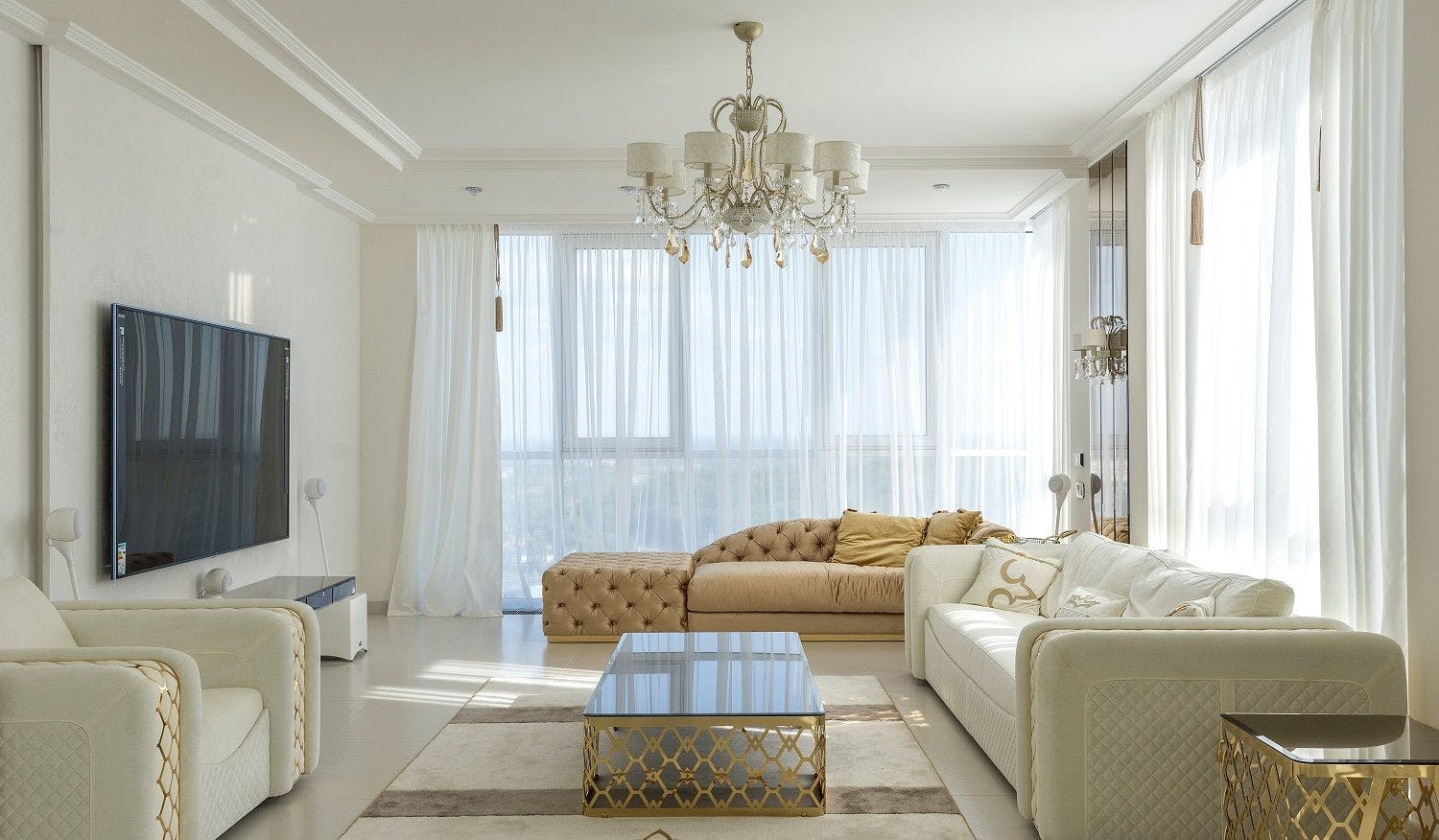The Importance of Illumination in Interior Design
We may not realize it, but illumination may be one of the most important elements in interior design. Different types of lighting can create different sensations and experiences and, therefore, highly influence the design.
We, as humans, need light for most of our daily activities, and we want the right illumination to create an environment of work, creativity, coziness, relaxation or whatever sensation we want to achieve.
Factors to Consider for Good Lighting
There are a few factors to have in consideration for good lighting:
- Purpose of the area: Who is going to use this area and for what activities?
- Natural light: What is the orientation of the house in relation to the sun’s path? How many windows are in that area and of what size?
- Location: What do you want to highlight?
- Decoration style: What style of decoration do you like?
- Technology: What technology are you going to use? Is the electrical installation right for it?
Main Types of Lighting in Interior Design
Also, in interior design, these are the four main types of lighting:
- General lighting: This illuminates the whole area, allowing us to move through a space without shadows or dark areas.
- Focal illumination: This is an intense light that focuses on a concrete area of the room and it is usually combined with general lighting.
- Ambient lighting: This is not very intense and it is used to create an atmosphere.
- Decorative lighting: This is used to highlight a special detail of the room. It is commonly used in museums and store displays.
Different Lighting Systems
Lastly, we have five different lighting systems:
- Direct illumination: Directs the light towards a specific area. Using this system, very intense shadows and glare can be generated.
- Indirect lighting: It directs the light towards the ceiling, so that the light is distributed throughout the room evenly by refraction. With this system we look for a highly diffused light that minimizes veiling reflections, shadows, and direct glare.
- Semi-direct illumination: Similar to direct illumination, but in this case between 10 and 40 percent of the light is used to illuminate the ceilings and walls. This is used to distribute light better and attenuate the shadows.
- Semi-indirect lighting: It is the system that sends most of the light flux to the ceiling and the remaining amount of light reaches the working plane directly except those absorbed by the fixtures.
- General or diffuse lighting: This is the system that directs half of the light upwards and half downwards. It is used to create balance and a uniform illumination.
In addition to all these, light can be generated from many different sources, such as halogen, fluorescent, LED, incandescent, neon or gas-discharge.
Conclusion
In conclusion, we have a lot of different variables that can be tweaked to match your specific needs and taste. Having the proper illumination in the different areas of your home is very important to help you create the right environment to maximize your performance, either if it is to work, socialize, relax or sleep.
For more information, talk to one of our Interior Design Experts and get customized advice by submitting a request through our Mavyn website.
